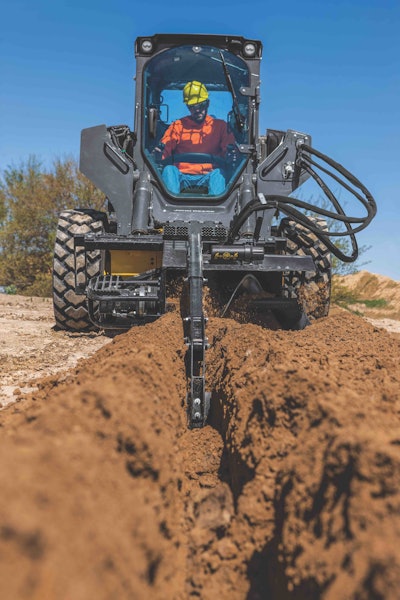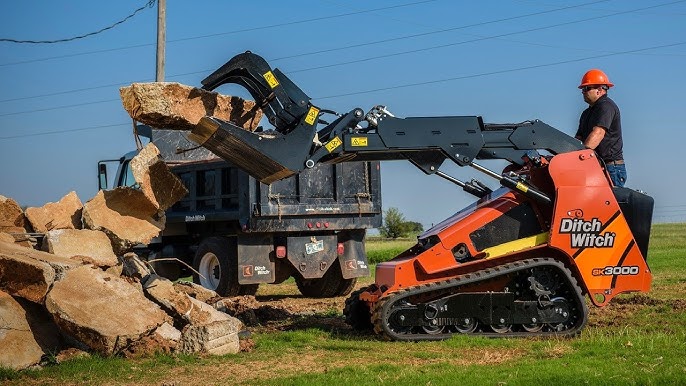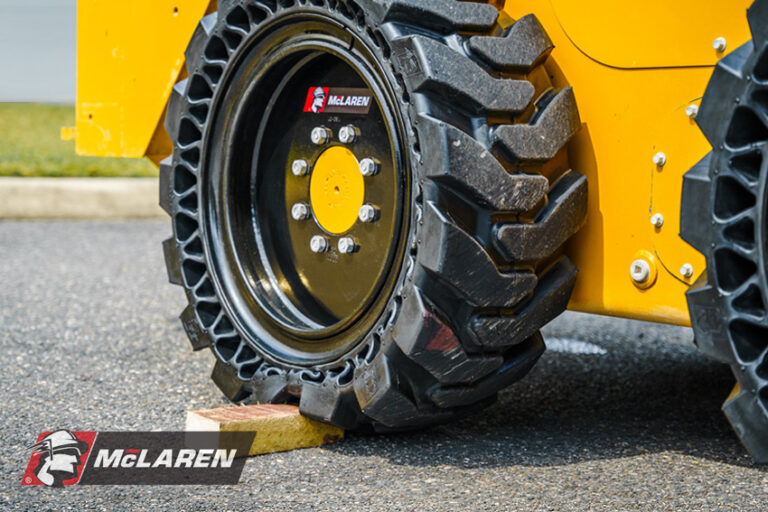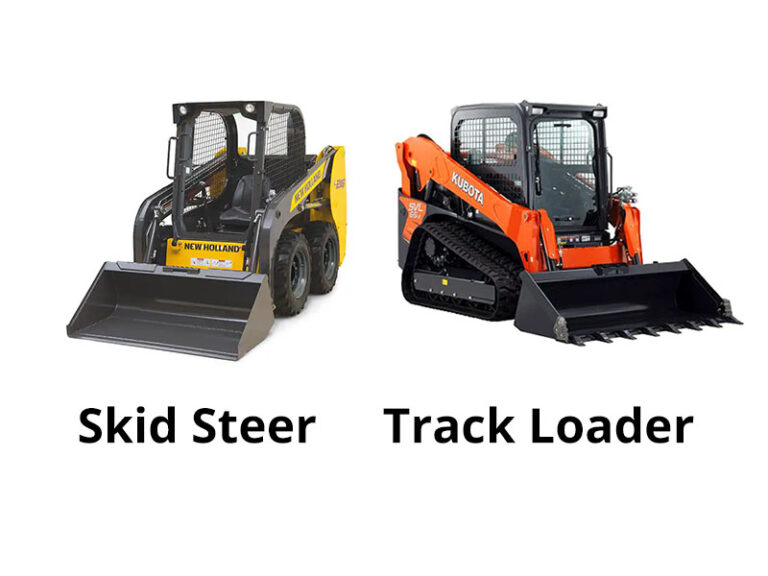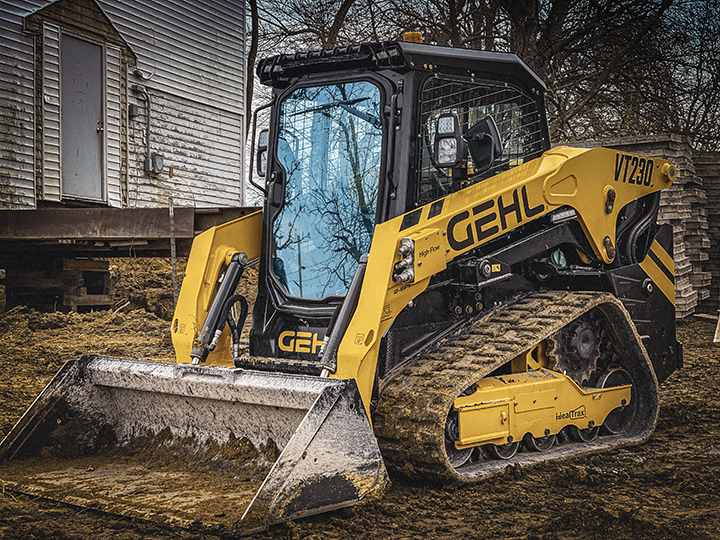How Many Hp is Enough in a Skid Steer? Unveiling the Truth
A skid steer typically requires between 40 to 100 horsepower for most applications. The exact horsepower needed depends on the tasks you plan to perform.
Choosing the right horsepower for a skid steer is crucial for optimal performance. Too little power may hinder efficiency and productivity, while excessive horsepower can lead to unnecessary fuel consumption. Various factors influence your decision, including the type of attachments used, terrain, and the weight of the materials being handled.
For lighter tasks like landscaping, 40 to 60 horsepower may suffice. Heavier jobs, such as excavation or demolition, often require 70 to 100 horsepower. Evaluating your specific needs will help you determine the ideal skid steer horsepower for your projects, ensuring a balance between power and efficiency.
The Role Of Horsepower In Skid Steers
Horsepower is vital in determining a skid steer’s performance. It affects speed, lift capacity, and overall efficiency. Understanding horsepower helps you choose the right skid steer for your needs.
Measuring Performance
Horsepower directly influences a skid steer’s capabilities. It determines how well the machine performs tasks. Here are some key performance metrics:
- Speed: Higher horsepower allows for faster travel.
- Lift Capacity: More power means the ability to lift heavier loads.
- Hydraulic Power: Essential for operating attachments efficiently.
Consider the following table for horsepower vs. performance:
| Horsepower Range | Typical Uses | Lift Capacity |
|---|---|---|
| 25-40 HP | Small jobs, landscaping | Up to 1,200 lbs |
| 50-70 HP | Medium tasks, construction | Up to 2,500 lbs |
| 80+ HP | Heavy-duty work, demolition | Over 3,000 lbs |
Impact On Operations
Horsepower affects daily operations in many ways. It influences productivity, fuel efficiency, and operational costs.
- Productivity: Higher horsepower improves task completion speed.
- Fuel Efficiency: Efficient machines save on fuel costs.
- Operating Costs: More power may mean higher initial costs, but better ROI.
Consider these factors for your operations:
- Assess job types and frequency.
- Evaluate terrain and conditions.
- Match horsepower with operational needs.
Choosing the right horsepower leads to smoother operations and better results.
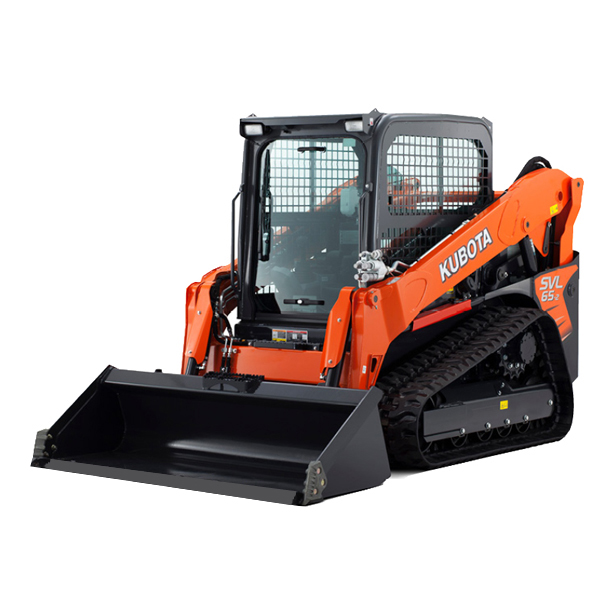
Credit: rent-all.com
Breaking Down Skid Steer Specifications
Understanding the specifications of a skid steer is vital. Many factors influence its performance. Horsepower (HP) is important, but other features matter too.
Key Features Beyond Hp
Skid steers come with various features that impact their usability. Some key features include:
- Operating Weight: Heavier machines handle tougher jobs.
- Hydraulic Flow: Higher flow rates improve attachment performance.
- Lift Capacity: Determines how much weight it can lift.
- Dimensions: Affects maneuverability in tight spaces.
- Engine Type: Diesel engines offer more torque than gas engines.
| Feature | Importance |
|---|---|
| Operating Weight | Stability and load capacity |
| Hydraulic Flow | Efficiency of attachments |
| Lift Capacity | Max load it can handle |
| Dimensions | Access in confined areas |
| Engine Type | Power and durability |
Understanding Specs In Context
Always consider the job type. Different tasks need different specifications.
- Landscaping: Lower HP often suffices.
- Construction: Higher HP is necessary for heavy lifting.
- Demolition: Choose skid steers with robust features.
- Snow Removal: Moderate HP with good attachments works well.
Match the specifications to your specific needs. This ensures you get the most out of your skid steer.
Real-world Applications Of Skid Steers
Skid steers are versatile machines. They serve many industries. Their compact size allows for easy maneuverability. These machines excel in tight spaces. Understanding their applications helps determine the right horsepower.
Common Uses
- Construction: Skid steers help move materials quickly.
- Landscaping: They assist in grading and digging tasks.
- Agriculture: Ideal for loading and unloading feed.
- Snow Removal: Great for clearing snow in small areas.
- Demolition: Perfect for removing debris and rubble.
Case Studies: Hp In Action
| Application | HP Required | Outcome |
|---|---|---|
| Construction Site | 60-70 HP | Efficient material handling and site preparation. |
| Landscaping Project | 50-60 HP | Quick grading and earth moving. |
| Agricultural Task | 40-50 HP | Timely loading of feed and supplies. |
| Snow Removal | 50 HP | Effective snow clearing in residential areas. |
| Demolition Work | 70 HP | Fast debris removal and site cleanup. |
These real-world examples show how horsepower affects performance. Choosing the right HP for your task is crucial. Different tasks require different power levels. Understanding these needs enhances productivity.

Credit: diggerking.com.au
Matching Hp To Job Requirements
Choosing the right horsepower (HP) for a skid steer is crucial. Too little HP can hinder performance. Too much can waste fuel and money. Finding the balance depends on your tasks and terrain.
Assessing Tasks And Terrain
Start by evaluating the specific tasks you will perform. Common tasks include:
- Grading and leveling
- Digging and excavating
- Moving heavy materials
- Landscaping
Next, consider the terrain where you will operate the skid steer:
- Flat surfaces require less HP.
- Hilly or uneven terrain needs more power.
For example, grading a flat driveway needs less HP than excavating a slope. Match the skid steer’s HP to your task and terrain type.
Calculating The Right Fit
To find the right HP, consider these factors:
- Weight of materials: Heavier materials need more power.
- Height of lift: Higher lifts require additional HP.
- Speed requirements: Fast operations may need increased horsepower.
Use the following table as a guideline:
| Task | Recommended HP |
|---|---|
| Grading | 40-60 HP |
| Excavating | 60-80 HP |
| Heavy lifting | 80-100 HP |
| Landscaping | 40-70 HP |
Assess your needs. Choose HP that fits your tasks and terrain. This balance ensures efficiency and productivity.
The Misconceptions About Skid Steer Hp
Understanding skid steer horsepower (HP) can be confusing. Many people hold misconceptions about what HP means for performance. Let’s clear up some of these misunderstandings to help you choose the right skid steer.
Myth Vs. Reality
Several myths exist regarding skid steer HP. Here’s a breakdown:
| Myth | Reality |
|---|---|
| More HP always means better performance. | Power needs depend on the job type. |
| Small HP machines are weak. | Some smaller models are highly efficient. |
| HP is the only factor to consider. | Weight, attachments, and terrain matter too. |
Common Misunderstandings
- HP Equals Speed: HP does not determine speed. Torque is key.
- High HP for All Tasks: Not all jobs need high HP. Match HP to tasks.
- Fuel Efficiency: Higher HP can lead to more fuel use. Choose wisely.
- Size and Weight: Larger machines can have lower HP. Size matters for stability.
Knowing the truth about skid steer HP helps you make better choices. Evaluate your specific needs. Always consider job requirements, terrain, and attachments.
Optimizing Performance With The Right Hp
Choosing the right horsepower (HP) for your skid steer can greatly enhance its performance. The right HP ensures efficiency and effectiveness in various tasks. Understanding how to optimize your skid steer with suitable HP is essential for productivity.
Strategies For Efficiency
Maximizing efficiency in your skid steer involves several key strategies:
- Match HP to Task: Use the right HP for specific jobs.
- Weight Consideration: Balance HP with the machine’s weight.
- Attachment Compatibility: Ensure attachments match the skid steer’s HP.
- Proper Training: Train operators to use machines effectively.
- Load Management: Avoid overloading the skid steer.
Maintenance Tips
Regular maintenance helps maintain optimal HP and performance. Follow these tips:
- Check Fluid Levels: Regularly inspect hydraulic and engine fluids.
- Inspect Filters: Clean or replace air and fuel filters regularly.
- Tire Pressure: Maintain proper tire pressure for better traction.
- Monitor Belts: Check and replace worn belts promptly.
- Scheduled Services: Follow a consistent service schedule.
Table below summarizes the benefits of regular maintenance:
| Maintenance Task | Benefit |
|---|---|
| Fluid Checks | Ensures smooth operation and prevents damage. |
| Filter Inspections | Improves engine efficiency and performance. |
| Tire Maintenance | Enhances traction and reduces fuel consumption. |
| Belts Monitoring | Prevents breakdowns and costly repairs. |
| Scheduled Services | Extends equipment lifespan and reliability. |
Comparing Skid Steer Models
Choosing the right skid steer model is crucial. Different models offer various horsepower (HP) options. Knowing how much HP you need can enhance your productivity. This section compares popular skid steer models to help you decide.
Industry Leaders
Several brands dominate the skid steer market. Here are some of the top players:
- Bobcat – Known for reliability and performance.
- Caterpillar – Offers robust machines with advanced features.
- Case – Focuses on user-friendly controls.
- John Deere – Renowned for durability and power.
Hp Ranges And Capabilities
Different skid steer models come with various HP ranges. Here’s a quick overview:
| Model | HP Range | Typical Use |
|---|---|---|
| Bobcat S650 | 74 HP | Construction, landscaping |
| Caterpillar 262D | 74 HP | Heavy lifting, excavation |
| Case 570N EP | 74 HP | Site preparation, grading |
| John Deere 320E | 68 HP | Material handling, digging |
Higher horsepower models offer more power. They handle larger attachments and heavier loads. Here are some key points to consider:
- Job Requirements: Assess the tasks you will perform.
- Weight Capacity: Ensure the model can lift your loads.
- Attachment Compatibility: Verify if attachments fit your model.
- Fuel Efficiency: Consider fuel consumption for longer tasks.
Choosing the right skid steer model ensures efficiency and effectiveness. Evaluate your needs carefully to pick the best option.
Future Trends In Skid Steer Hp
The future of skid steer horsepower (HP) shows exciting developments. As technology advances, the demand for more efficient and powerful machines grows. Operators seek models that enhance productivity while reducing operational costs. Understanding these trends can help buyers make informed decisions.
Technological Advancements
New technology is transforming skid steer performance. Innovations focus on increasing horsepower without compromising fuel efficiency. Here are key advancements:
- Hybrid Engines: Combining electric and diesel power.
- Smart Controls: Automated systems for better performance.
- Telematics: Real-time data monitoring for optimal operation.
These technologies lead to higher productivity. Operators can handle larger loads with less effort.
Predicting Market Shifts
Market trends indicate a shift towards higher horsepower models. Factors influencing this include:
- Increased Demand: Construction and agriculture sectors expand.
- Environmental Regulations: Stricter emissions standards push for cleaner engines.
- Operator Preferences: A desire for more versatile machines.
As these shifts occur, manufacturers will respond. Expect more options in the higher HP range.
| Trend | Impact on HP |
|---|---|
| Hybrid Technology | Higher HP with lower emissions |
| Smart Automation | Enhanced efficiency in HP usage |
| Market Growth | Increased production of high HP models |
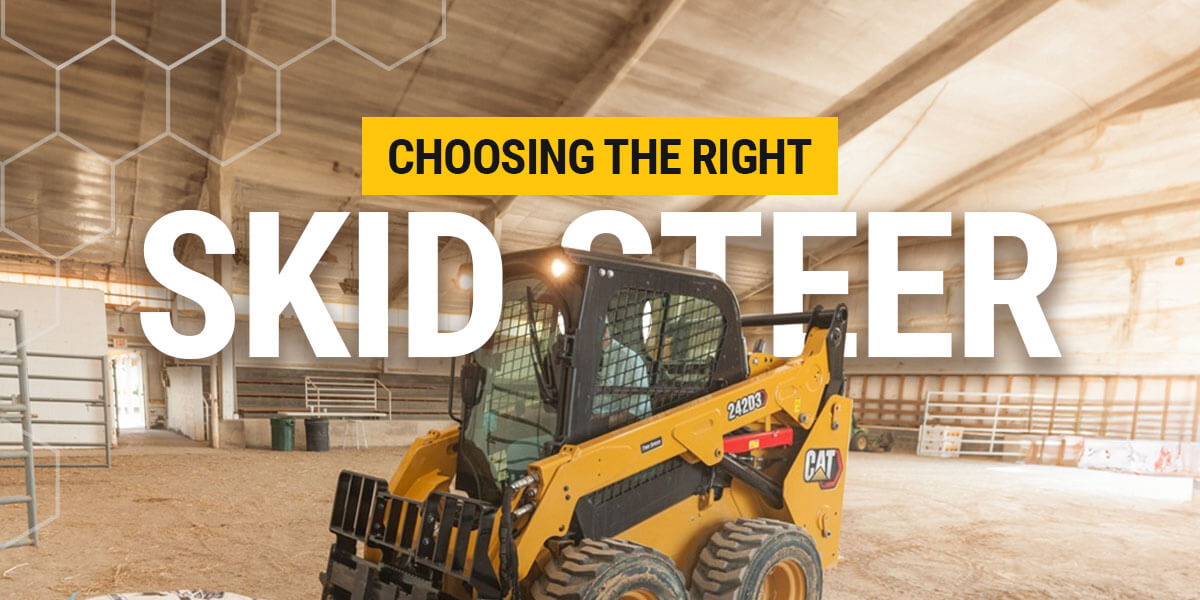
Credit: thompsontractor.com
Frequently Asked Questions
How Much Horsepower Do I Need For A Skid Steer?
The horsepower required for a skid steer largely depends on your intended use. For light tasks, 40 to 60 HP is sufficient. However, for heavier workloads or attachments, consider models with 70 HP or more. Always match horsepower to your specific job requirements for optimal performance.
Is Higher Horsepower Always Better For Skid Steers?
Not necessarily. While higher horsepower can provide more power, it may also lead to increased fuel consumption and operational costs. It’s essential to assess your specific needs. A balance between horsepower and efficiency is crucial for effective performance without unnecessary expenses.
What Tasks Require More Horsepower In A Skid Steer?
Tasks such as heavy digging, lifting, or using multiple attachments typically demand more horsepower. For instance, grading, excavating, or moving large volumes of material often necessitates a higher HP model. Always evaluate the tasks you plan to perform to choose the right skid steer horsepower.
Can I Use A Low Hp Skid Steer For Heavy Tasks?
Using a low HP skid steer for heavy tasks is not advisable. It may struggle and lead to inefficiency, increased wear, or even damage. Always select a skid steer with adequate horsepower for your workload to ensure safety and effectiveness.
Conclusion
Choosing the right horsepower for a skid steer is crucial. It impacts performance, efficiency, and productivity. Consider your specific tasks and conditions. Higher horsepower can offer more power but may not always be necessary. Assess your needs to find the perfect balance for your projects.
Make an informed decision for optimal results.

